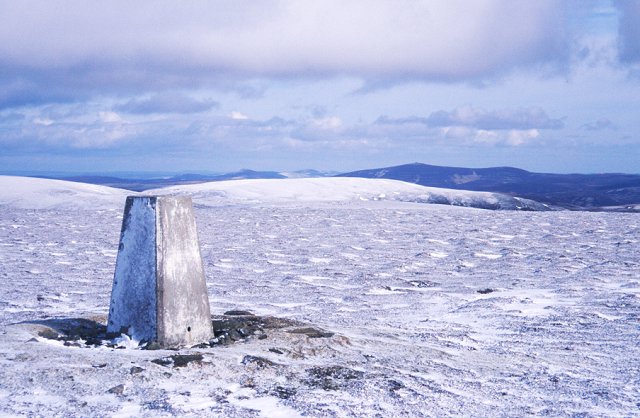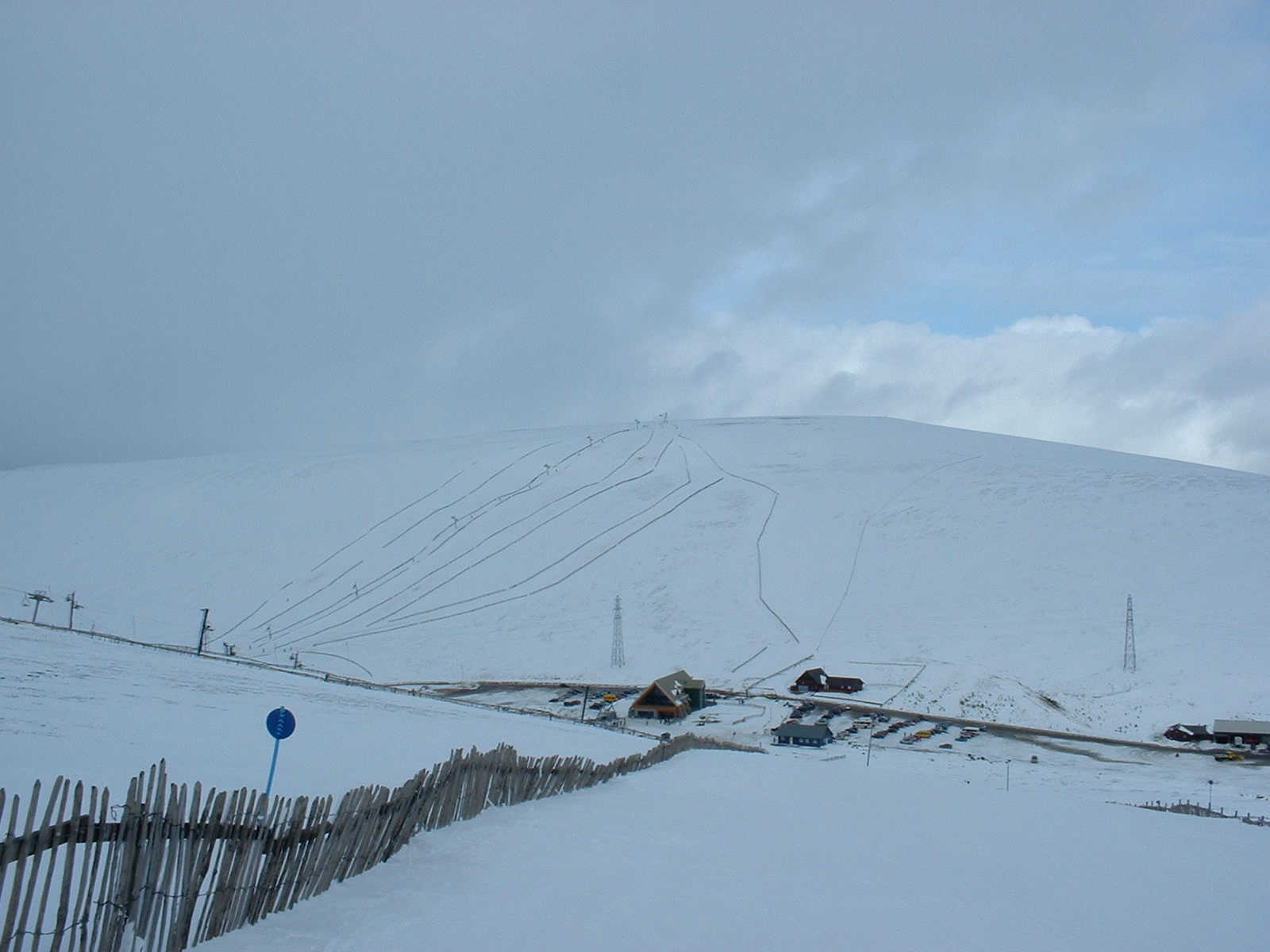Coire Ranaich
Valley in Banffshire
Scotland
Coire Ranaich

Coire Ranaich is a picturesque valley located in the region of Banffshire, Scotland. Nestled amidst the majestic Cairngorm Mountains, this valley is characterized by its stunning natural beauty and diverse landscape.
The valley stretches for approximately 5 miles and is enveloped by rugged mountain peaks, including the prominent Cairn Liath and Ben Rinnes. Coire Ranaich is renowned for its breathtaking scenery, with its rolling hills, lush green meadows, and crystal-clear streams that meander through the valley.
One of the notable features of Coire Ranaich is its rich biodiversity. The valley is home to a wide array of flora and fauna, making it a popular destination for nature enthusiasts and birdwatchers. Visitors can spot various species of birds, including golden eagles, ptarmigans, and red grouse, while exploring the valley's trails and paths.
Furthermore, Coire Ranaich offers a range of outdoor activities for adventurers. The valley provides ample opportunities for hiking, mountain biking, and even winter sports during the colder months. There are several well-marked trails that cater to different difficulty levels, allowing both beginners and seasoned hikers to enjoy the valley's scenic beauty.
In addition to its natural wonders, Coire Ranaich also boasts a rich cultural heritage. The valley is dotted with ancient ruins, stone circles, and burial sites, providing a glimpse into the area's fascinating history.
Overall, Coire Ranaich is a captivating destination that offers a harmonious blend of stunning landscapes, abundant wildlife, and historical charm. Whether seeking tranquility amidst nature or an exhilarating outdoor adventure, this valley in Banffshire is sure to leave visitors with lasting memories.
If you have any feedback on the listing, please let us know in the comments section below.
Coire Ranaich Images
Images are sourced within 2km of 57.233377/-3.2465434 or Grid Reference NJ2416. Thanks to Geograph Open Source API. All images are credited.



Coire Ranaich is located at Grid Ref: NJ2416 (Lat: 57.233377, Lng: -3.2465434)
Unitary Authority: Moray
Police Authority: North East
What 3 Words
///procured.rental.zapped. Near Ballater, Aberdeenshire
Nearby Locations
Related Wikis
Ladder Hills
The Ladder Hills (Scottish Gaelic: Monadh an Fhàraidh) are a range of hills in northeast Scotland which straddle the border between Aberdeenshire and Moray...
Càrn Mòr (Ladder Hills)
Càrn Mòr (804 m) is the highest mountain of the Ladder Hills on the border of Aberdeenshire and Moray, Scotland. It is located northeast of the Cairngorm...
Scalan
The Scalan was once a seminary and was one of the few places in Scotland where the Roman Catholic faith was kept alive during the troubled times of the...
West Aberdeenshire and Kincardine (UK Parliament constituency)
West Aberdeenshire and Kincardine is a county constituency of the House of Commons of the Parliament of the United Kingdom of Great Britain and Northern...
Braeval distillery
Braeval distillery is a distiller of Scotch whisky in Chapeltown, Banffshire, Scotland. Founded in 1973 as Braes of Glenlivet, the distillery is owned...
Clashnoir
Clashnoir is a settlement in Glenlivet, Moray, Scotland, 92 miles north of Edinburgh and 25 miles south of Elgin.
Lecht Ski Centre
The Lecht Ski Centre is an alpine ski area in the Cairngorms in the Scottish Highlands. The ski slopes are set around the mountains Beinn a' Chruinnich...
Auchnarrow
Auchnarrow (Scottish Gaelic: Achadh an Arbha) is a village in Moray, Scotland.
Have you been to Coire Ranaich?
Leave your review of Coire Ranaich below (or comments, questions and feedback).



















